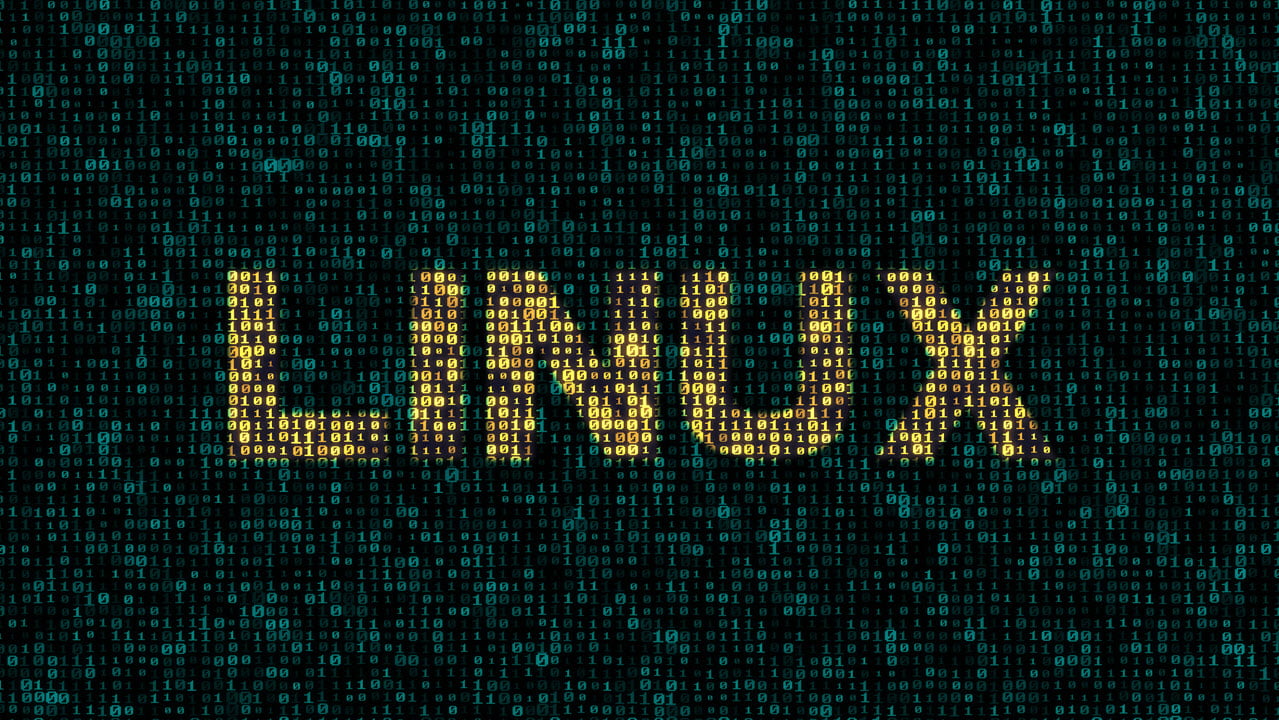Kali Linux, formerly known as BackTrack Linux, is a penetration testing focussed version of Linux. It specialises in running of portable bootable media such as flash drives, memory cards, and so on.
Its lightweight architecture helps it run on practically any system; however, this lightweight architecture also comes up with certain complications. In spite of the simplistic GUI and menus, Kali Linux isn’t the easiest when it comes to beginners.
The sheer amount of utilities that Kali has also means that it gets updated quite regularly and if you run it off removable media, chances are you might have missed out on some updates. In this article, we show you how you can get right back on track and update your version of Kali to the latest.
Also read: 9 reasons why developers tend to choose Linux over Windows
How to update Kali Linux?
Step 1: Configure/update Kali Linux repositories
The first step of making sure your installation is on the latest version, make sure that your /etc/apt/sources.list has the following lines in it.
deb https://http.kali.org/kali kali-rolling main non-free contrib
deb-sources https://http.kali.org/kali kali-rolling main non-free contrib
These are the official Kali Linux repositories from which we’ll be pulling updates.
Step 2: Use the apt-get command to update Kali. Unless it’s a massive update or a complete work, you can update Kali by typing in
sudo apt-get update
sudo apt-get upgrage
Optionally, you can check which packages are scheduled for updates using apt list –upgradable. You can individually update these packages using apt install [package name]


And that’s about it. Your OS is fully updated. However, there’s still a little bit of optional cleaning up to do.
Also read: What is XAMPP? Downloads, apps, themes and addons
(Optional) Step 3: Updating kept-back packages
Due to dependency changes, some packages might be held back from the system update. The apt-get command will notify you of any such packages if present. You can update them individually as stated above, or you can update them all at once using:
sudo apt dist-upgrade
(Optional) Step 4: Deleting packages you don’t need
This step is a bit of a stretch, but a little bit of file management goes a long way. Also, during a full-blown update, some packages might become obsolete as well. To remove all such packages, type:
sudo apt autoremove
Also read: What is kernel in Linux?





